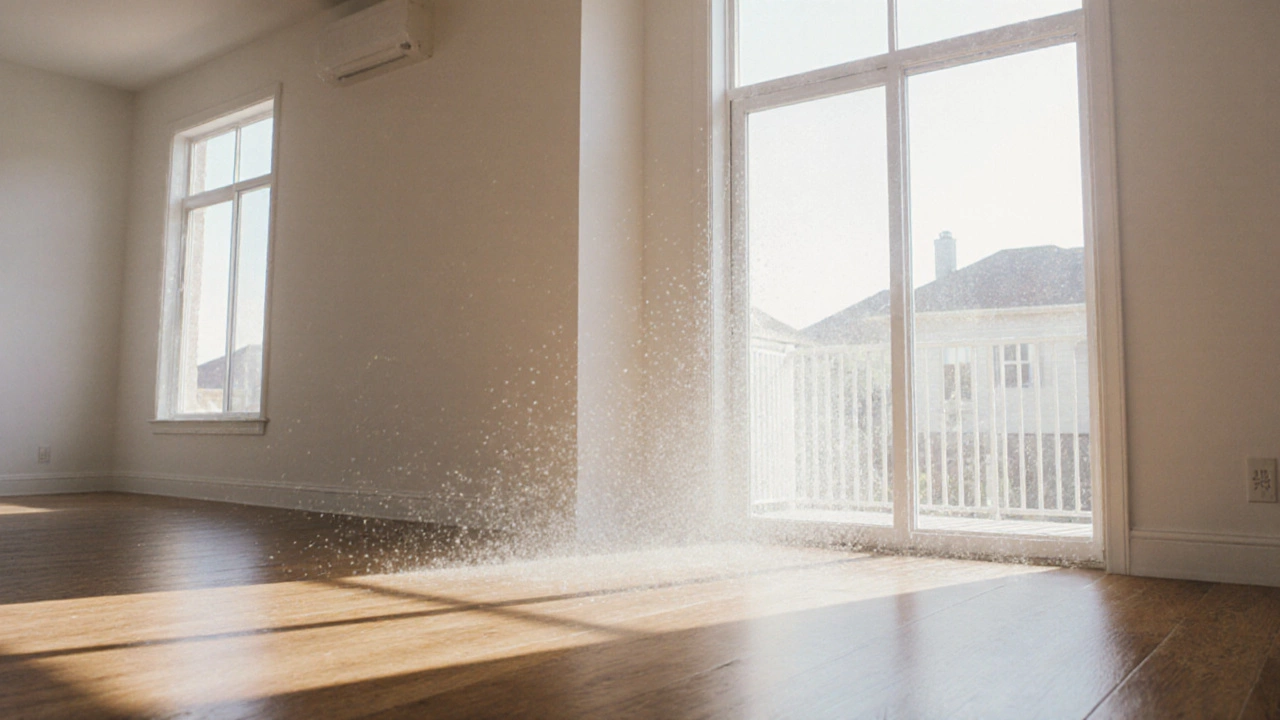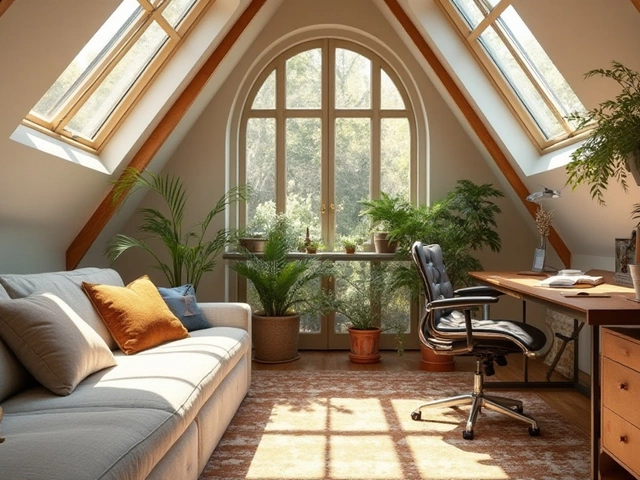Mold in New Homes – What You Need to Know
When dealing with Mold in New Homes, the growth of fungi caused by excess moisture inside newly built houses. Also known as home mold, it often appears where construction moisture hasn’t fully dried. Understanding this problem helps you protect indoor air quality and avoid costly repairs.
One major driver is Moisture, the water that seeps into walls, floors, and insulation during and after construction. If the water isn’t properly managed, it creates a perfect feeding ground for spores. Builders who ignore moisture readings can end up with hidden damp spots that stay invisible until mold bursts through the paint.
How Indoor Air Quality and Ventilation Shape Mold Growth
Indoor Air Quality, the measure of pollutants, humidity, and fresh air circulation inside a building directly influences mold development. Poor air quality means higher relative humidity, which lets spores settle and multiply. Good ventilation, on the other hand, pushes humid air out and brings dry outside air in, cutting the moisture ladder that mold climbs.
Effective Ventilation, the system of fans, vents, and natural airflow designed to exchange indoor and outdoor air is essential after the concrete has set and the drywall is up. Installing exhaust fans in bathrooms and kitchens, and using operable windows, lowers humidity levels and stops mold spores from taking hold.
Another key piece of the puzzle is the choice of Building Materials, the bricks, stucco, insulation, and other components that make up a house’s structure. Materials that absorb water—like untreated wood or low‑grade gypsum—hold onto moisture longer. Selecting moisture‑resistant boards, treated lumber, and breathable wall finishes reduces the chance that damp pockets become mold colonies.
Construction methods also matter. When crews use proper drying schedules for concrete slabs and allow sufficient curing time for plaster, they cut down the amount of residual water that can migrate into walls. A quick‑build schedule that skips these steps often leads to “construction moisture” lingering for months, a hidden source of mold that’s hard to spot without specialist testing.
To spot moisture early, many homeowners rely on a simple humidity meter. If indoor relative humidity consistently sits above 60 %, the odds of mold increase dramatically. Simple actions like using dehumidifiers during the first winter, or ensuring the house is heated evenly, can bring humidity down to a safer 30‑50 % range.
When mold does appear, it’s not just an eyesore. Certain species release mycotoxins that can irritate the lungs, trigger allergies, and even affect mental performance. That’s why the link between mold in new homes and indoor air quality is more than cosmetic—it’s a health issue that needs prompt attention.
Addressing mold starts with identifying the source. Is it a leaking roof, a faulty pipe, or simply the water trapped in a concrete slab? Once you locate the wet spot, you can apply targeted drying methods, replace damaged insulation, and seal any gaps that let moisture in.
Finally, regular maintenance keeps mold at bay. Checking for condensation on windows, cleaning dryer vents, and inspecting exterior drainage after heavy rain are cheap habits that pay off. By staying on top of these tasks, you ensure that the new home you invested in stays fresh, safe, and mold‑free.
Below you’ll find a curated set of articles that dive deeper into each of these areas—construction moisture, ventilation tricks, material choices, and health impacts—so you can take concrete steps toward a drier, healthier home.
Can New Construction Homes Develop Mold?

New homes can still develop mold if moisture sneaks in. Learn why it happens, how to spot early signs, and practical steps to prevent and fix mold in a brand‑new build.
read more



